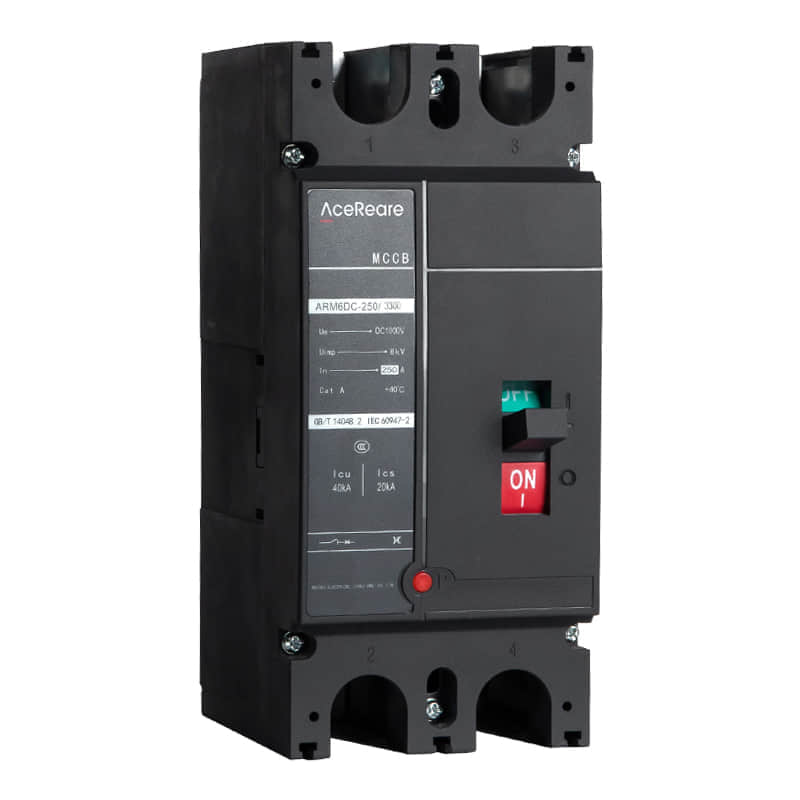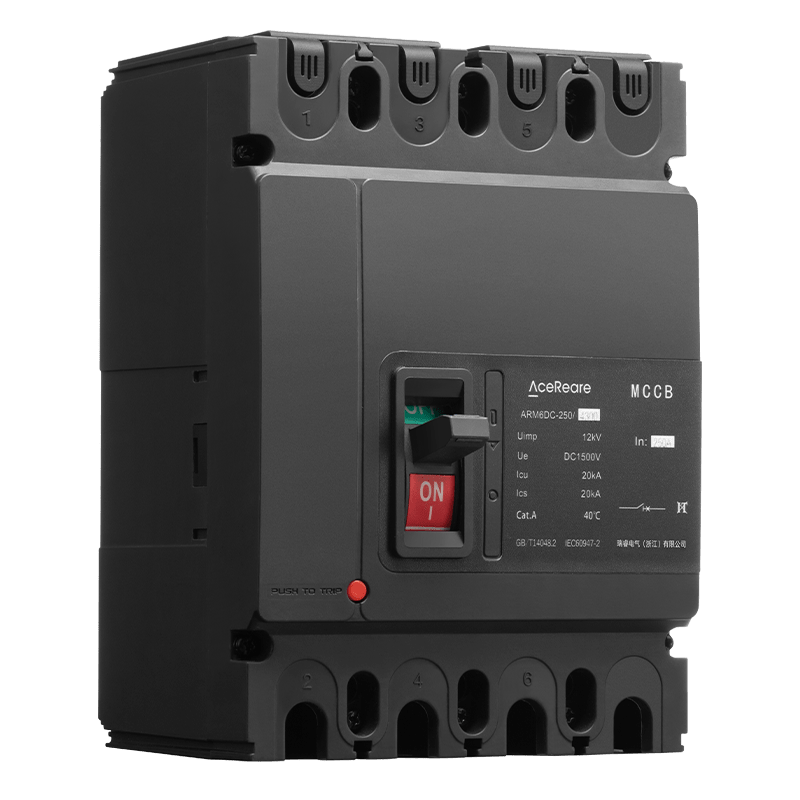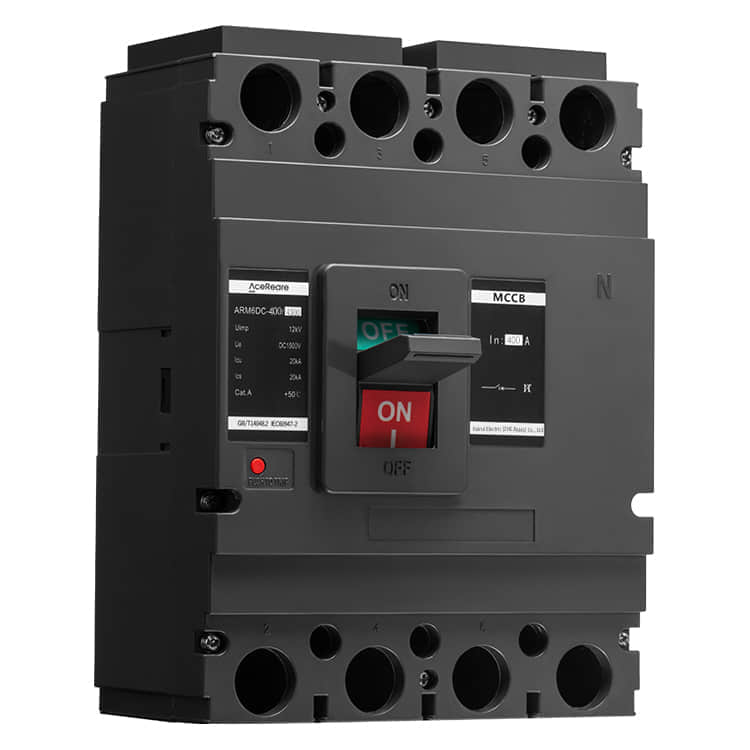Moulded Case Circuit Breakers (MCCBs) are essential components of modern electrical systems, providing protection against overcurrent and short-circuit faults. The intricate process of manufacturing MCCBs involves a combination of advanced technology, stringent quality control, and a deep understanding of electrical engineering principles. This article delves into the key aspects of MCCB manufacturing, highlighting the precision and reliability that underpin their production.

Design and Engineering:

The journey of manufacturing an MCCB begins with meticulous design and engineering. Engineers and designers collaborate to create a product that meets international standards and is tailored to the specific requirements of diverse applications. The design phase involves selecting appropriate materials, determining the optimal current-carrying capacity, and establishing the mechanical and thermal capabilities of the breaker. Material Selection: Choosing the right materials is crucial for the MCCB’s performance, durability, and safety. High-quality insulating materials, conductive elements, and arc-quenching materials are selected to ensure efficient current interruption and protection. Advanced polymers and composite materials are often used due to their excellent insulating properties and mechanical strength, enabling MCCBs to withstand various environmental conditions. Precision Manufacturing: MCCB manufacturing demands a high degree of precision. Automated processes are employed for tasks such as molding insulating components, inserting conductive parts, and assembling trip mechanisms. These processes are carefully monitored to ensure consistent quality and to minimize deviations from the design specifications. CNC (Computer Numerical Control) machining is employed for producing intricate components with utmost accuracy. Quality Control: Stringent quality control measures are implemented at every stage of manufacturing to guarantee the reliability and safety of MCCBs. Advanced testing techniques, including thermal imaging, current-carrying capacity assessments, and short-circuit tests, are conducted on prototypes and production units. Any deviations from expected performance lead to adjustments in the manufacturing process to maintain the highest standards. Assembly and Testing: The assembly of an MCCB involves integrating various components, including the trip unit, operating mechanism, and arc-extinguishing chamber. The assembly is followed by a series of functional tests to verify the breaker’s performance. Calibration of the trip unit is performed to ensure precise response to overcurrent conditions. Additionally, MCCBs undergo endurance testing to assess their ability to handle repetitive operations over an extended period. Compliance with Standards: MCCB manufacturing is governed by international standards and regulations to ensure uniformity, safety, and interoperability. Manufacturers follow guidelines set by organizations such as the International Electrotechnical Commission (IEC) and the American National Standards Institute (ANSI). Adhering to these standards guarantees that the MCCBs meet the required specifications for voltage ratings, breaking capacities, and coordination with other protective devices. Environmental Considerations: Modern MCCB manufacturing places significant emphasis on environmental sustainability. Efforts are made to minimize waste generation, promote recycling of materials, and reduce energy consumption during production. Green manufacturing practices not only align with global environmental goals but also enhance the overall reputation of manufacturers within the industry. Innovation and Adaptation: The landscape of MCCB manufacturing continues to evolve with technological advancements. Manufacturers are exploring smart MCCBs that can communicate with control systems, providing real-time data on electrical parameters and aiding in predictive maintenance. Such innovations enhance the functionality of MCCBs and contribute to the overall efficiency of electrical systems. In conclusion, the manufacturing of Moulded Case Circuit Breakers is a complex process that combines cutting-edge technology, engineering expertise, and rigorous quality control. The precision in design, material selection, assembly, and testing ensures the reliability and safety of MCCBs across a range of applications. As the world of electrical systems advances, MCCB manufacturers remain committed to upholding the highest standards while embracing innovation for a sustainable and electrifying future.
